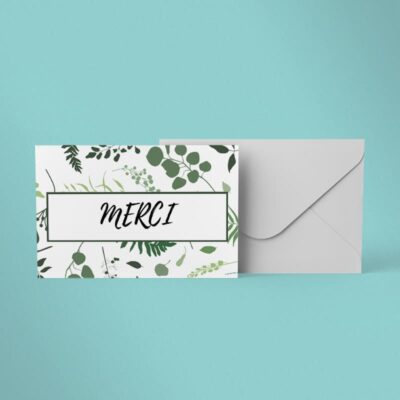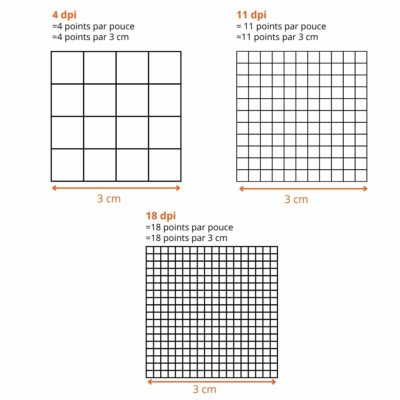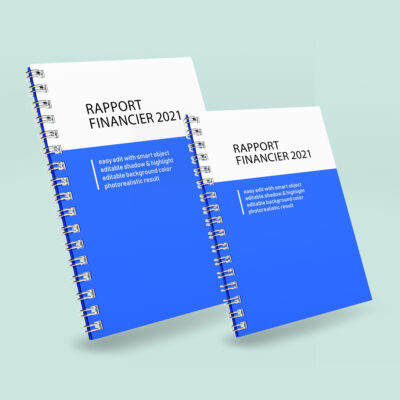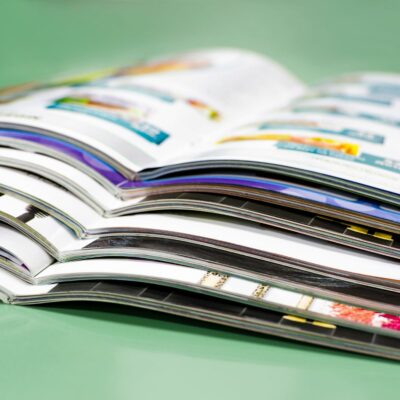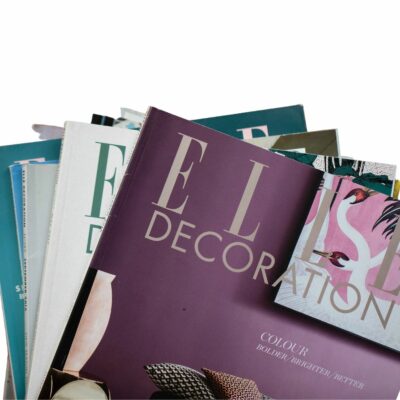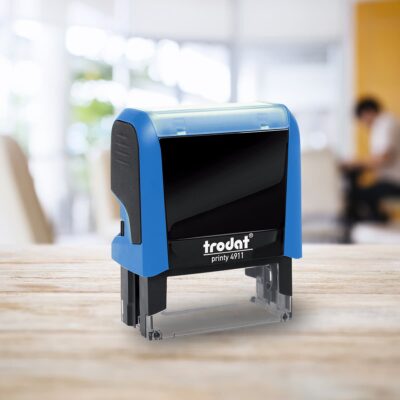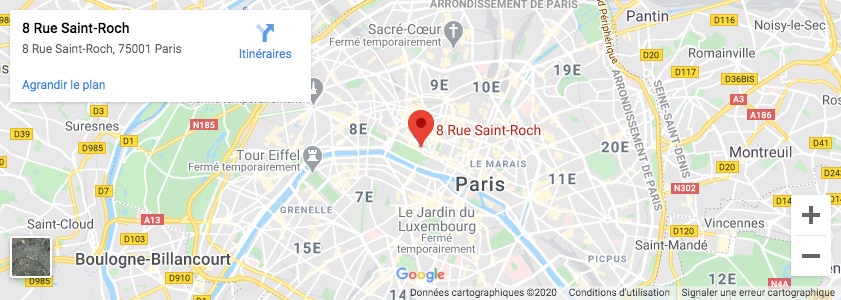- Notre imprimerie est fermée jusqu'au 7 juillet ☀️ Attention aux délais de vos commandes. ☀️ Les commandes en ligne sont temporairement désactivées
- Notre imprimerie est fermée jusqu'au 7 juillet ☀️ Attention aux délais de vos commandes. ☀️ Les commandes en ligne sont temporairement désactivées
- Call us 01 42 61 00 33
Monday to Friday 9:00 - 18:00 IMMEDIATE
CUSTOMISED QUOTERETRAIT EXPRESS
& LIVRAISON J+1-
-
- All
products - Cards
- Brochure
Files - Advertising
- Printing
- Office automation
- Adhesives
- Signage
- Themes
- Printing
Express in 4H
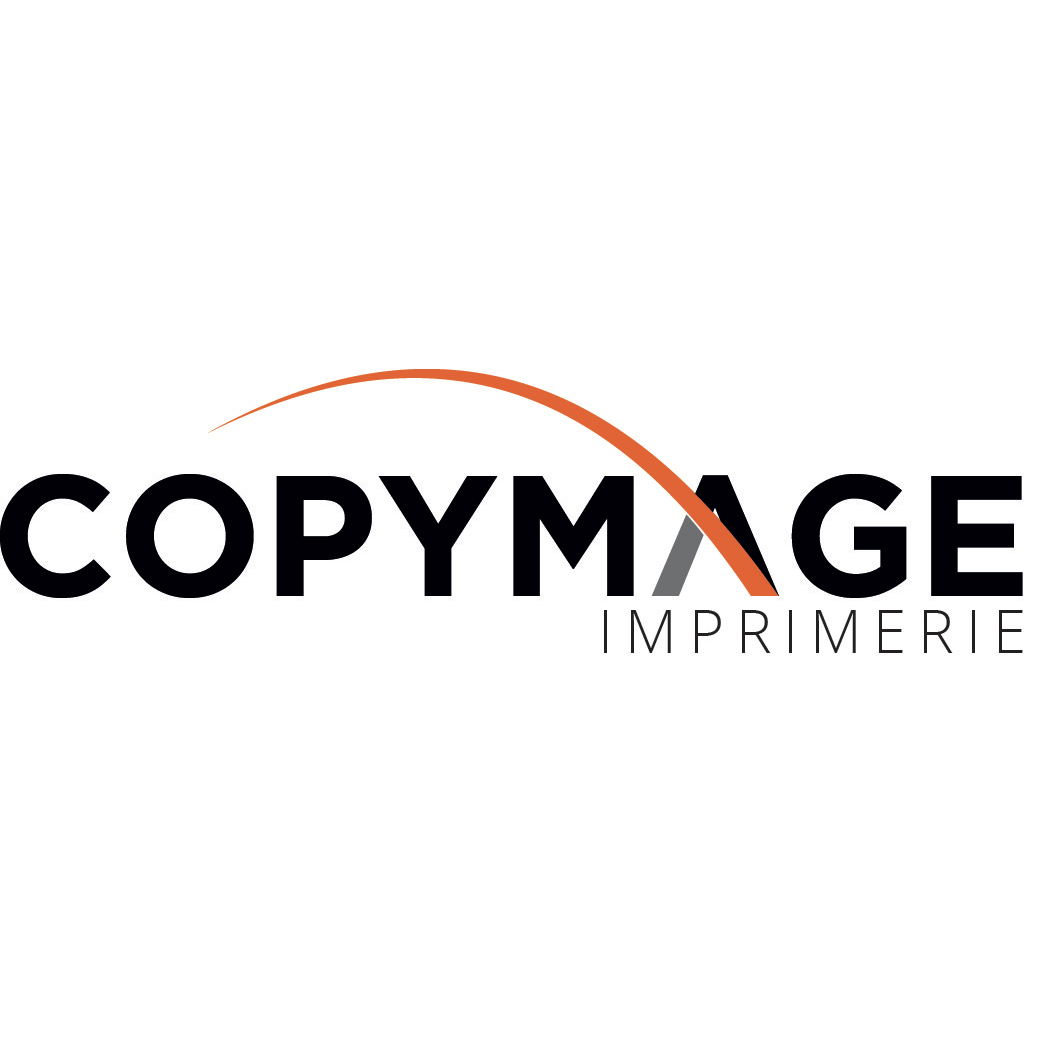
Tips & tricks from your printer
All our tips for choosing the right brochure format ?
The term brochure refers to many different realities. From the compact brochure distributed at business events to be taken away by your customers to the high-end brochure that presents your product catalog in stores, there are some common points but also multiple variations in terms of size, orientation, binding method, etc. All these elements must be determined according to the use of your brochure. All of these elements will need to be determined based on how you want your brochure to be used. In order to help you determine the right brochure format for your project, we propose here an article taking up each of these elements one by one.
Choosing a brochure format: the size
The size of your brochure must obviously be defined according to its content. The more information you have to transmit, the larger the size you will choose in order to benefit froma large useful surface for your texts and illustrations. On the other hand, to quickly convey a few key messages, prefer a smaller size that your readers will be able to browse through at a glance and carry easily.
- A4: a classic brochure format
The A4 format (210 × 297 mm) is the most common brochure format. It is, for example, ideal for a 16-page magazine because it allows the editorial content to be developed while spacing the texts sufficiently to facilitate reading. Indeed, spacing out the contents offers a superior reading comfort and allows to maintain the attention of the readers as we explain in our article " How to make a brochure in 4 steps ". On an A4 brochure, you can afford to insert beautiful illustrations.
- A5: a dynamic brochure format
A5 (148 × 210mm) is half the size of A4. Designing an A5 brochure gives your content a dynamic feel. Since the usable surface is half as large, you will have to choose the key points to convey and arrange them in a clear manner. Do not hesitate to use graphic elements such as bullets or symbols to guide your readers. Some photographs will also find their place in your brochure, but they will be of more modest size.
- A6: a compact brochure format
The A6 format (105 × 148 mm) is, in turn, half the size of the A5 format. A brochure of this size should contain only the essential elements, for example: the presentation of your restaurant and the dishes that can be ordered remotely, the main services offered by your beauty salon and the corresponding prices. This size of brochure has the advantage of being transportable in a pocket or a handbag. It will therefore be your ally for all the trade shows you will attend.
- A3: an impactful brochure format
If, on the other hand, you want to showcase large photographs, for example for a travel catalog, the A3 format (297 × 420 mm) - twice the size of A4 - is much more suitable. You will then have plenty of space to display quality illustrations, every aspect of which your future customers will be able to admire. A brochure of this size can be used as a presentation catalog that will be leafed through by your customers in the store or during business meetings. For this reason, it will be necessary to choose finishes that are as elegant as they are solid - prefer a cover made of a heavy paper weight and embellished with a glossy lamination, for example.
Choosing a brochure format: shape and orientation
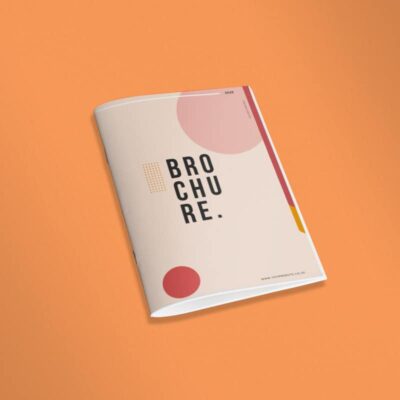
- Rectangular brochures: landscape or portrait?
If you choose a rectangular brochure format, regardless of its size, you will then need to choose either landscape or portrait orientation. This means that the binding will be done either on the short side or on the long side of your document. This choice has several implications: it induces a different content layout and reading comfort. It also gives a tone to your brochure: the portrait orientation is more classic, it is well suited to a product catalog; while the landscape orientation is more original, more creative, it is best used for photographic content for example.
- The square brochures
We haven't talked about it yet, but it is obviously possible to choose a square brochure format. Original and synthetic, this brochure format attracts the attention of customers and prospects. Combined with a slightly thicker paper, you will obtain a qualitative brochure that will make a lasting impression. This format is well suited to the presentation of food products, such as wines or high-end local specialties.
- Customized brochures
Finally, if you want to think outside the box, you can choose a custom brochure format. The size of your brochure can, for example, allow the insertion of full-size photographs of your product. In the case of a cosmetic range presentation, this can allow customers to better visualize the content of the products for example. At Copymage, we are available to discuss your ideas and help you create the brochure that will meet your expectations.
Choosing a brochure format: the binding method
There are three main methods of binding your brochures. Each of them has its advantages and disadvantages, and they also convey a different tone and image.
- Spiral binding is the simplest and most economical binding method. It is robust and allows a flat opening of your brochure. It is ideal for binding training books or study reports because it allows note taking for example.
- The stapled binding (or saddle stitching) is efficient and elegant. It allows text or illustrations to run across two contiguous pages and offers excellent reading comfort. This binding method is ideal for company reports, product catalogs or 8-page magazines.
- Glued square back binding gives a clean and serious look. It is the binding method that comes closest to bookstores. It allows to bind a very large number of pages in a qualitative way. This is the preferred method of binding doctoral theses and high-end product catalogs.
To choose among these three binding methods, you must first consider the constraints related to the number of pages:
- Spiral binding is probably the least demanding binding method. There are spiral binders of different sizes that can bind documents from 2 to 300 pages (depending on the weight of the paper).
- The stapled binding is only applicable from 8 pages and for a maximum of 40 pages (depending on the paper weight). However, please note that your stapled brochure must have a number of pages multiple of 4.
- The glued square back binding allows to bind a very large number of pages, but it is not adapted to small booklet formats. Below 50 pages, we do not recommend its use.
Choosing a brochure format: uses
It is imperative to choose the size, format, orientation and binding method of your brochure (but also its finishes) according to the uses you will make of your brochure.
- If you have a lot of content to distribute, you should choose an A4 or A3 size.
- If you have a large number of pages, you will prefer a glued square back binding.
- If you want your customers to be able to take notes on your brochure, you will opt for a spiral binding.
- If you want to be able to distribute your brochures at trade shows or directly to mailboxes, an A6 format in portrait orientation is ideal.
- In the event of a massive distribution by post, choosing a small format, A6 or A5, will allow you to obtain a brochure of a lower weight and therefore cost less postage.
- If you want to create an original and immersive experience, you will choose a large brochure format in landscape orientation allowing the insertion of large photographs.
Finally, if in doubt, don't forget that at Copymage, we are at your disposal to discuss your project:
- by telephone on 01 42 61 00 33
- by e-mail to contact@copymage.com
- or at the workshop located 8 rue Saint Roch, 75001 Paris
Know the success of your spiral bound folder printing!
Our rates
The best prices on the market
The quality
We are demanding and attentive to your satisfaction
Our deadlines
Tight deadlines thanks to our continuous production system
Imprim'vert label
We are careful about our footprint and waste management. We have obtained the Imprim'vert label.
Help & Advice
Our experts are here to help you.
HELP & ADVICE
Our experts are here to help you. Do not hesitate to contact them.
Adresse
8 rue Saint Roch 75001 Paris
Metro
Line 1 Tuileries
Line 14: Pyramides Line 14 : Pyramids
Bus
Lines: 21, 27, 68, 72, 81











